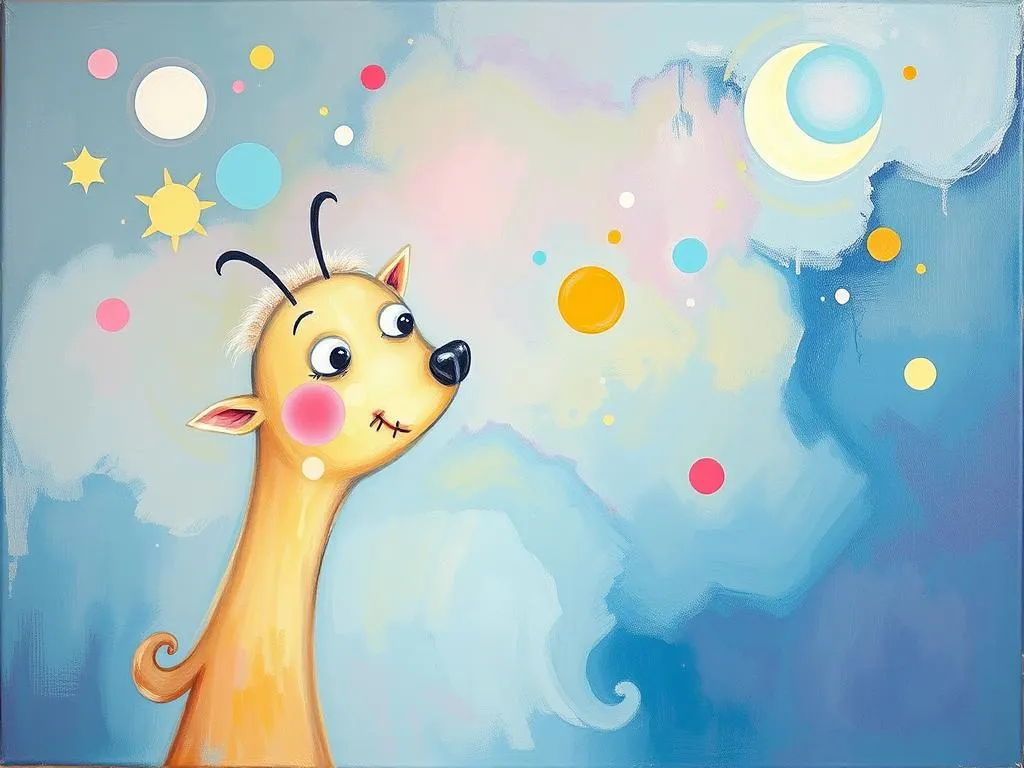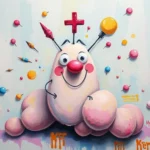
Introduction
Dreams have long captivated the human imagination, serving as a window into our subconscious mind. They can be a source of inspiration, a playground for our fears, or a reflection of our deepest desires. The topic of dreams and their meanings is particularly relevant today as people seek to understand their own experiences and emotions more profoundly. Each dream carries a unique message; exploring these hidden meanings can provide valuable insights into our waking lives. This article delves into the symbolism associated with common dream themes, revealing the layers of meaning that lurk beneath the surface.
Symbolism and Meaning
When one experiences a dream, it often feels like a chaotic tapestry of images and feelings. Within this tapestry, certain symbols may stand out, each carrying its own weight of interpretation. One prevalent symbol in dreams is water. Water often represents the realm of emotions and the subconscious. A calm sea might suggest tranquility and clarity, while turbulent waves can signify inner turmoil or unresolved feelings.
Another common symbol is flight. Dreaming of flying can represent feelings of freedom, empowerment, or escape from burdensome situations. However, if the flight is accompanied by fear or anxiety, it may indicate a desire to flee from reality or avoid facing a difficult issue.
Houses are frequent symbols in dreams as well. A house often reflects the self. Different rooms can represent various aspects of one’s personality or life experiences. For example, a basement may symbolize repressed memories or emotions, while an attic might signify aspirations or hopes.
Additionally, animals in dreams can carry powerful meanings. A lion may symbolize courage and strength, while a snake can represent transformation or hidden fears. The interpretation often hinges on the dreamer’s personal associations with the animal and the context in which it appears in the dream.
While these symbols have general meanings, their significance can vary greatly based on the dreamer’s life experiences, emotions, and current circumstances. Thus, it is crucial to consider the individual context when interpreting dream symbols.
Key Scenarios and Variations
The richness of dream symbolism is further illuminated by the various scenarios in which these symbols can appear. For instance, a dream of losing teeth can evoke strong emotions. In one scenario, the dreamer might experience this loss amidst a public speaking event, amplifying feelings of vulnerability and fear of judgment. In another context, losing teeth may be related to feelings of aging or a significant life transition, such as entering a new phase of adulthood.
Similarly, chasing dreams can take on different meanings depending on who or what is doing the chasing. If the dreamer is being pursued by a shadowy figure, it may symbolize avoidance of a particular issue or fear. Conversely, if the dreamer is chasing after a beloved person, it may indicate a desire for connection or reconciliation in their waking life.
Consider also the scenario of being unprepared for an exam. This dream can often evoke anxiety and insecurity, reflecting the dreamer’s fears about inadequacy in their waking life. However, if the dreamer takes the exam and experiences an unexpected sense of calm, it may indicate a newfound confidence in their abilities or a readiness to face challenges.
The variations in these scenarios demonstrate that the same symbol can embody multiple meanings based on context. A dream’s interpretation can shift dramatically depending on the emotions associated with it, the people involved, and the specific details that unfold during the dream.
Real-Life Connections and Takeaways
Understanding the hidden meanings of dreams is not just an intellectual exercise; it can be a powerful tool for self-reflection and personal growth. By connecting dream symbols and scenarios to real-life situations, individuals can gain deeper insights into their emotions, motivations, and challenges.
For instance, if you frequently dream of being lost, it might be worth reflecting on areas in your life where you feel uncertain or directionless. Are there choices or relationships that leave you feeling adrift? Acknowledging these feelings can help you address underlying issues and take steps toward clarity.
Moreover, if you find yourself dreaming about repeating patterns, such as failing in a task or being chased, it might be a signal to examine your waking life for recurring themes. Are there behaviors or situations you keep encountering? Recognizing these patterns can empower you to break free from cycles that no longer serve you.
It’s also essential to create a safe space for personal reflection. Consider keeping a dream journal where you can record your dreams as soon as you wake up. Over time, you may begin to notice trends and themes, allowing for deeper exploration of your subconscious mind.
Lastly, when interpreting dreams, remember that the meanings are not always fixed. Your personal associations with symbols play a crucial role. Take time to reflect on what specific symbols mean to you. For example, if you dream of a dog, what does that evoke in your memory? Is it loyalty, companionship, or perhaps a negative experience? These personal connections can enrich your understanding of the dream’s message.
In conclusion, dreams are a fascinating realm where the subconscious speaks in symbols and scenarios. By exploring these hidden meanings, individuals can uncover valuable insights that connect their dreams to their waking lives. Encourage yourself to reflect personally on your dreams, as this practice not only enhances self-awareness but also promotes emotional healing and growth. The journey through your dreams can lead to profound revelations, illuminating the path toward a more authentic and fulfilled life.







